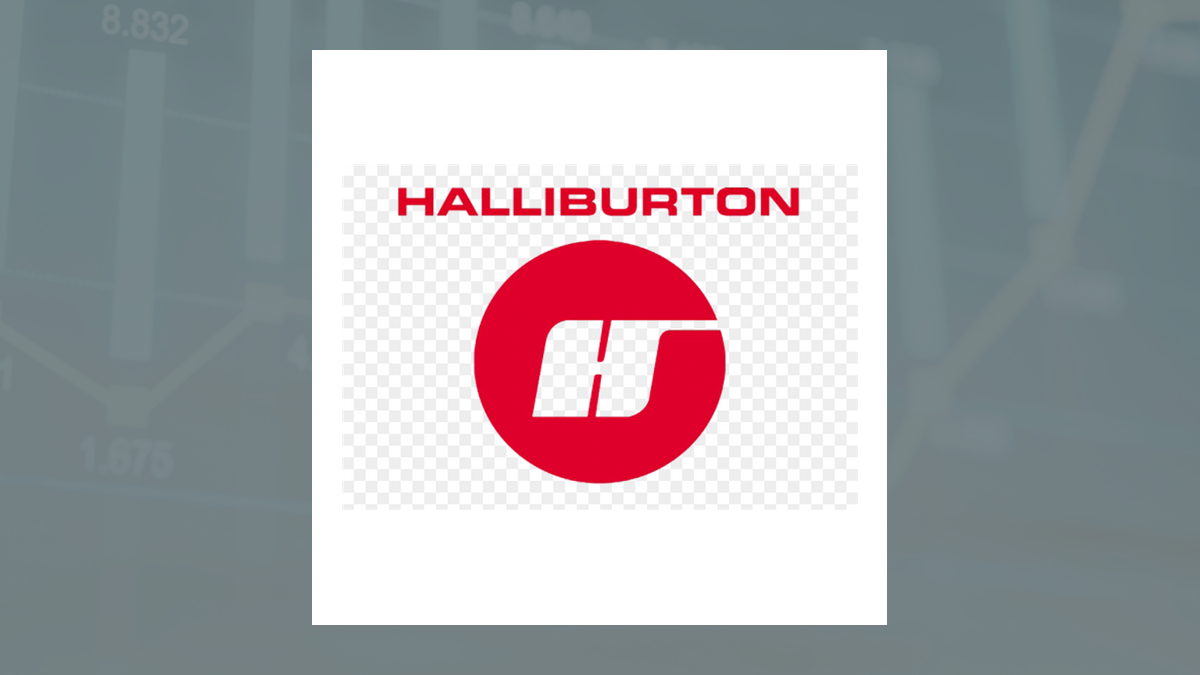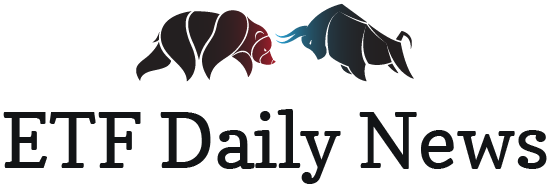 HAL aims to maintain capital expenditures at 6% of revenue by focusing on technological advancements, reducing manufacturing costs, and prioritizing shareholder returns. Management’s initiatives have shown success through increased efficiency and profitability, aligning with long-term goals of cost efficiency, shareholder value, and environmental responsibility. Despite risks related to market volatility and energy transition, the company is actively managing cybersecurity risks and participating in carbon capture projects globally. With a commitment to sustainability and responsible business practices, the company is positioned for sustained growth and competitiveness in meeting the growing demand for oil and natural gas.
HAL aims to maintain capital expenditures at 6% of revenue by focusing on technological advancements, reducing manufacturing costs, and prioritizing shareholder returns. Management’s initiatives have shown success through increased efficiency and profitability, aligning with long-term goals of cost efficiency, shareholder value, and environmental responsibility. Despite risks related to market volatility and energy transition, the company is actively managing cybersecurity risks and participating in carbon capture projects globally. With a commitment to sustainability and responsible business practices, the company is positioned for sustained growth and competitiveness in meeting the growing demand for oil and natural gas.
Executive Summary
Financials
Revenue growth has been fluctuating over the past three years, with a decrease in US revenue from 47% to 42% in 2024. The primary drivers are oil and gas prices, global economy, and customers’ spending on exploration and production programs. Operating expenses have decreased from $4,817 to $4,700. There are no significant changes in cost structures. HAL aims to maintain capital expenditures at 6% of revenue by focusing on technological advancements and reducing manufacturing costs. The company’s net income margin is $606 in the current period and $651 in the previous period, showing a decline. The net income margin is $651 for industry peers, indicating a similar performance.
Management Discussion and Analysis
Management has focused on international expansion, maximizing value in North America with innovative technologies, driving digital transformation, maintaining capital efficiency, and prioritizing shareholder returns. Initiatives have shown success through increased efficiency and profitability. Management assesses the company’s competitive position by focusing on international growth, maximizing value in North America, driving digital efficiencies, and maintaining capital efficiency. They highlight strong demand for oil and natural gas, the importance of capital investment, and the need for sustained production across various projects. Management identified major risks and challenges related to market volatility and energy transition. Mitigation strategies include emission reduction targets, developing clean tech solutions, and investing in growth sectors like carbon capture and geothermal energy.
Key Performance Indicators (KPIs)
Risk Assessment
The top external factors posing risks to the company include delays in customer payments due to weak economic environments, political instability, and reduced access to credit markets. Additionally, receivables from the primary customer in Mexico could impact financial performance, although historically no material write-offs have occurred. HAL assesses and manages cybersecurity risks through continuous monitoring, updating of digital and automation technologies, and deployment of solutions to lower emissions. They participate in carbon capture projects globally. HAL is subject to various legal proceedings and claims, but management believes they will not have a material adverse effect on operations. These matters are addressed as they arise to safeguard the company’s financial position and reputation.
Corporate Governance and Sustainability
The board of directors consists of officers who adopted or terminated trading arrangements, with no changes in leadership or independence noted among the directors during the quarter. HAL focuses on maximizing asset value through technology and services. There is no explicit mention of diversity and inclusion practices or a commitment to board diversity in the provided information. HAL aims to reduce emissions by 40% by 2035, support customers in emissions reduction, develop clean energy solutions, and invest in clean tech start-ups through Halliburton Labs. This demonstrates a commitment to sustainability and responsible business practices.
Forward Guidance
The company’s forward-looking guidance aligns with its commitment to capital investment in oil and natural gas production to meet growing demand. This supports its strategic initiatives outlined in the annual report, ensuring sustained growth and capital discipline in the market. HAL is factoring in strong oil and natural gas demand growth in 2024 due to economic expansion, energy security concerns, and population growth. To capitalize on these trends, it plans to focus on sustained capital investment in existing and new sources of production. Yes, the company’s commitment to sustained capital investment in existing and new sources of production demonstrates a focus on long-term growth and competitiveness in meeting the growing demand for oil and natural gas.
For more information:
This article was created using artificial intelligence technology from Klickanalytics.
